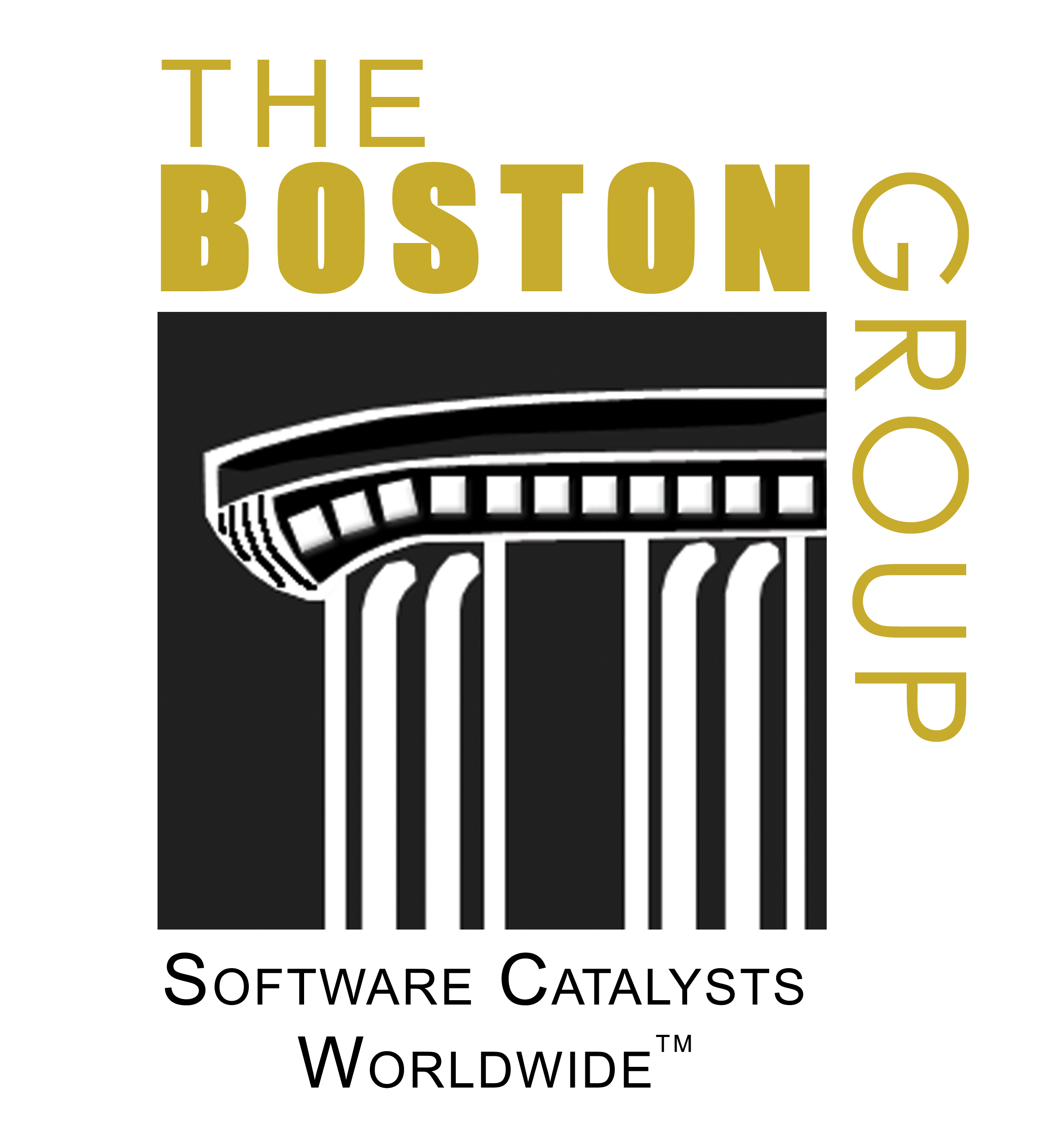Services
NanoLearn

NanoLearn helps to validate and reward users for acquiring knowledge sourced from the web, Office 365, SharePoint, OneDrive, web based storage services, and organization intranets.
What It Is:
NanoLearn uses microlearning techniques to build and deploy shorter duration learning, minimizing the complexity of traditional eLearning courses to help organize and validate knowledge. NanoLearn allows content to be left where it originates, such as in SharePoint, OneDrive, embedded media, URL’s and other external sources. NanoLearn can optionally be deployed with a minimized interface to further simplify the user experience, which is especially important for tablet and mobile devices.
How it Works:
The NanoLearn process is easy to master and quick to deploy. Users identified as Subject Matter Experts first go to the NanoLearn Assembler. From there, they can create learning by referring to content in place on the internet or an organization’s intranet. Once content is identified for use as knowledge sharing / learning, the contributor then optionally associates a knowledge check, survey, and/or resources such as FAQs, or URL to the document/media. These optional associations can be used to validate a Learner has viewed the information and understands its content.
The Missing Piece:
SharePoint and other excellent Enterprise Content Management platforms with a wide range of capabilities are growing in adoption. However, there’s no easy way to track and validate employees’ understanding of the knowledge within reference libraries, SharePoint, One Drive or external sources. NanoLearn helps leverage knowledge to keep users updated on the latest company news, job-related information, and institutional knowledge such as company policies and compliance requirements. As a result, management is provided with increased visibility to employee awareness, which can be correlated and measured against organizational objectives/goals.
Validation:
Learners using NanoLearn see a Table of Contents, where they can launch the knowledge nuggets of content. Validation can be optionally used to see how well the user understood material. Once this cycle is completed, reports provide visibility about who has viewed what, and how well they understood it.
Validation Methods
View Only: Track that the consumer has accessed the content
Knowledge Check: Create questions for the consumer to answer after viewing the content
Survey: Gather information/opinions about the object from the consumer after they’ve view the content
Economics Consultant, MBA Consultant, Science Requirements
Location: Houston, TX
Posted: January 28,2021
Salary : Not disclosed
Main Skills/Qualification: Advanced College degree from a top tier university or graduate program
Experience: 3-5
-
- Previous experience in a client-facing role is required
- Excellent written and verbal communication skills
- Strong analytical and organizational skills
- Ability to effectively manage multiple tasks in a fast-paced environment
- Ability to articulate and relay information in an effective and efficient manner
- High sense of urgency with the ability to meet deadlines
- Ability to maintain confidentiality with company and client information
- Receptiveness to performance feedback within a team environment is essential
- Proficiency with Microsoft Office Excel, PowerPoint and Outlook required
- 20-30% travel within the United States
Project Associate & Engineering Consultant Requirements
Location: Houston, TX
Posted: January 28,2021
Salary : Not disclosed
Main Skills/Qualification: 4-year degree required
Experience: 1-1
-
- 4-year degree required
- Excellent written and verbal communication skills
- Strong analytical, research and organizational skills
- Ability to articulate and relay information in an effective and efficient manner
- High sense of urgency, with the ability to meet deadlines
- Proficiency with Excel and Microsoft suite of products
Quality Control Attorney
Location: Houston, TX
Posted: January 28,2021
Salary : Not disclosed
Main Skills/Qualification: Professional experience preferred
Experience: ---
As a Quality Control Attorney, you have the opportunity to use your legal knowledge in a non-traditional way! You will work with other highly motivated individuals in a team environment that varies on a daily basis, including routine interactions with technical professionals such as engineers, scientists, accountants, MBAs, and PhDs. You will also have the opportunity to travel across the United States visiting and educating clients about the R&D Tax Credit. There is no extensive knowledge of tax required – we have a thorough training program!
Requirements
-
- Required: JD or equivalent, and active license to practice law in any state
- Professional experience preferred
- Excellent written and verbal communication skills
- Strong analytical and organizational skills
- High sense of urgency with the ability to meet deadlines
- Proficiency with Microsoft Office Suite of products is required
- Available to travel 20-30% within the US
- Ability to analyze legal documents
Quality Assurance Tester
Location: Houston, TX
Posted: February 10,2021
Salary : Not disclosed
Main Skills/Qualification: Master’s degree or equivalent in Computer Science
Experience: ---
As a Quality Control Attorney, Quality Assurance Tester. Multiple openings. Analyze the application requirements. Provide end to end, integration, and system testing. Develop functions and manage automated test scripts. Provide format reports that discuss the build requirements. Develop the reporting functionality within the requirement in alignment with the client's needs which also explains the architecture. Analyze business requirements from the Business Requirement Document (BRD). Create the Functional Specification Document (FSD), and translate business requirements into detailed functional requirements. Evaluate the technical tradeoffs of every decision. Create resource loading documents which will represent the estimation of the resource availability for the release. Create risk and mitigation plans for both resources and projects at the beginning. Create a Metrics report, create test cases, and use standard test design techniques like Boundary Value Analysis, Equivalence Partitioning, Risk Based Testing, Negative Testing and Positive Testing. Map test cases to the requirements, releases, and cycles in the tool. Use JIRA to create and estimate stories, build a sprint backlog, and identify test data to be used. Perform the Test Data planning and preparation, set up the test environment, structure and organize the tests. Work with test data management team to get the required data prior to the execution of any project. Work with SOAP UI, SQL queries, SQL Server, HP Quality Center. 40 hrs/wk. Must have Master’s degree or equivalent in Computer Science, Electr Engineering, or a related field and 1 year experience (or 1 year of experience as Test Specialist, or related occupation). Will accept a Bachelor's degree plus 5 years progressive post baccalaureate experience in lieu of Master's. Must have 1 year experience working with SOAP UI, SQL queries, SQL Server, HP Quality Center; providing end to end, integration, and system testing; developing functions, managing automated test scripts, and analyzing business requirements. Must be willing to travel/relocate to unanticipated locations throughout the us on short notice for extended periods of time. Mail resume with ID# 575 to: HR, The BSST Software Group, d/b/a The Boston Group, 21 Southwest Cutoff, Northborough, MA 01532.!
Software Engineers - MULTIPLE OPENINGS MAIL with ID# 413
Location: Northborough, MA USA 01532.
Posted: April 29,2021
Salary : Not disclosed
Main Skills/Qualification: Master’s degree or equivalent in Computer Science
Experience: NA-NA
Analyze user requirements and develop applications using Visual Studio Code, SVN, Unified Modeling Language. Modify, test, implement and support applications and convert user specifications or requirements into user interfaces. Work with in JavaScript, HTML, CSS, Angular JS, Javascript, Eclipse, to build applications. Use JavaScript framework to create interfaces. Conduct unit and system testing. Support and execute test plans and test scripts for new and existing system functionalities and operating systems. Submit and track any product issues found during testing in bug tracking system to ensure they are resolved. Work with Java, Jenkins, JavaScript, HTML, CSS, Angular JS, Javascript, Eclipse, VS Code, SVN. 40 hrs/wk. Must have Master’s degree or equivalent in Computer Science, Electr Engineering, Information Technology, or a related field and 1 year experience (or 1 year of experience as Associate Projected, or related occupation). Must have 1 year experience working with Java, JavaScript, Jenkins, Visual Studio Code, HTML, CSS, Bootstrap, Jquery, Angular JS. Must be willing to travel/relocate to unanticipated locations throughout the us on short notice for extended periods of time.
Software Developer - Multiple openings Mail with ID# 339
Location: Northborough, MA USA 01532.
Posted: April 29,2021
Salary : Not disclosed
Main Skills/Qualification: Master’s degree or equivalent in Computer Science
Experience: NA-NA
Understand project requirements, analyze existing systems, and explore alternative software development tools and techniques.
Responsible for creating application design documents, and design and document individual subsystems using flowcharts and UML diagrams depicting the system control flow, data flow, and interactions between systems.
Design and document the specifications for XML/JSON web services, HL7 messages, batch jobs, relational database tables, and file formats. Document changes needed in existing systems and modules. Document design considerations for nonfunctional requirements like security, performance, throughput, and scalability. Develop a requirements traceability matrix to ensure that all requirements are covered by the design. Develop web and desktop applications and batch programs using C#, XML, ASP.net, Java script, SQL server, and the Mirth interface engine as per the design specifications. Work with ASP.Net, Visual Studio, C#.Net, VB.Net, ADO.Net, HTML, Web Services, .Net Framework, SQL Server, Crystal Reports, AJAX, CSS, JavaScript, SOAP, IIS, XML. 40 hrs/wk.
Must have Master’s degree or equivalent in Computer Science, Electr Engineering, or a related field and 1 year experience (or 1 year of experience as Business Application Developer, Tech Lead, or related occupation). Must have 1 year experience working with ASP.NET, Visual Studio, C#.NET, VB.NET, ADO.NET, HTML, Web Services, .Net Framework, SQL Server, Crystal Reports, AJAX, CSS, Javascript. Must be willing to travel/relocate to unanticipated locations throughout the us on short notice for extended periods of time.
Programmer Analyst. Multiple openings
Location: Northborough, MA USA 01532.
Posted: January 21,2022
Salary : Not disclosed
Main Skills/Qualification: Master’s degree or equivalent in Computer Science
Experience: NA-NA
Analyze data migration and data transformation business rules and translate them into streamlined requirements in collaboration with Business leaders/Owners and Business Analysts. Perform regression tests, system testing, troubleshooting, and develop automation scripts. Create test plans and manage requirements and traceability using Quality Center. Provide test metrics, reports, and schedules, and participate in design walkthroughs. Collaborate with IT validation teams to construct and follow proper data migration validation plans and test execution strategies. Responsible for continuous integration testing efforts. Work with EHR & EMR apps, SAP Business objects, Tableau and Salesforce applications. Responsible for testing the data marts, data warehouse and data visualizations with In-depth data analysis, data modeling, and data administration tasks on complicated datasets with complex data integration scenarios. Create and propose technical design documentation which includes models, mapping, and design details to provide direction to business, IT and Quality Assurance teams on the data migration process from source to target. Work with .Net Framework, C#, ASP.NET, Web Services, JQuery, JavaScript, HTML, CSS3 Web Development MVC4 Web/API framework, SQL Server, My Sql, Dynamo DB, Teradata, Oracle, Redshift DB, AWS S3, AWS Lambda, TFS, MS office. 40 hrs/wk. Must have Master’s degree or equivalent in Computer Science, Electr Engineering, Electr. & Communication Engineering, or a related field (will accept a Bachelor's degree plus 5 years of progressive post baccalaureate experience in lieu of Masters), and 1 year experience (or 1 year of experience as QA Analyst, Software Developer, or related occupation). Must have 1 year performing regression tests, system testing, troubleshooting, and developing automation scripts; creating test plans and managing requirements and traceability using Quality Center; providing test metrics, reports, and schedules, and participating in design walkthroughs. Must be willing to travel/relocate to unanticipated locations throughout the us on short notice for extended periods of time. Mail resume with ID# 327
Technical Analyst. Multiple openings
Location: Northborough, MA USA 01532.
Posted: October 6,2022
Salary : Not disclosed
Main Skills/Qualification: Master’s degree or equivalent in Computer Science
Experience: NA-NA
Technical Analyst. Multiple openings. Gather requirements, facilitate client sessions, triage implementation issues, and test complex interfaces within Medicare, Medicaid, Medicare Advantage and Commercial Line of Business applications. Create and maintain deliverables, work with testing plan, testing schedule, task analysis and scenarios. Work with Healthcare Payer EDI, Health Care Payer Claims, Enrollment, Finance, SQL Server. Create BRDs and EDI/Non-EDI mapping documents. Work with complex data analysis and data migrations, including source to target data mapping, transformation, transport, and results reconciliation. Conduct work-breakdown of tasks. Conduct detailed designs and complete test data creation and functional testing tasks. Work with well-documented patterns and techniques for filling in the intentional gaps left in the Scrum approach (Numerous Burndown technologies, various Retrospective formats, handling bugs). Work with HL7, ICD-9, ICD-10 coding, HIPAA EDI framework, Mapping, Data Migration, Configuration, UAT, Smoke Testing, Agile (SCRUM) Methodologies, SDLC, Visio, SOAP UI, HRP UI, HRDW, AWS, GitLab, XML, JSON, HTML, Oracle DB, Symphonia Union, Edifecs EDI tool, Snap Logic, Webservice., MYSQL Databases, SIT/UAT Testing. 40 hrs/wk. Must have Bachelor’s degree or equivalent in Computer Science, Business Management, Finance, or related field and 1 year experience (or 1 year of experience in a related occupation). Must have 1 year experience gathering requirements, creating and maintaining deliverables, testing plan, testing schedule, task analysis and scenarios; working with Healthcare Payer EDI, Health Care Payer Claims, Enrollment, Finance, SQL Server. Must be willing to travel/relocate to unanticipated locations throughout the us on short notice for extended periods of time. Mail resume with ID# 729 to: HR, The BSST Software Group, d/b/a The Boston Group, 21 Southwest Cutoff, Northborough, MA 01532.
USA
21 Southwest Cutoff Road,
Northborough,
MA 01532.
+1 (508) 393-9180
info@thebostongroup.com
HYDERABAD,INDIA
Kanaka Durga Mansion,
Plot 52 -53, 5th Phase KPHB Colony ,
HYDERABAD - 500072.
+91-40-23052519
info@thebostongroup.com
SINGAPORE
#01-07, Hudson Techno Centre 16,
New Industrial Road,
SINGAPORE - 536204.
+65 6372 2611 - 2612
sghr@thebostongroup.com
Copyright © 2024 The Boston Group. All Rights Reserved.






